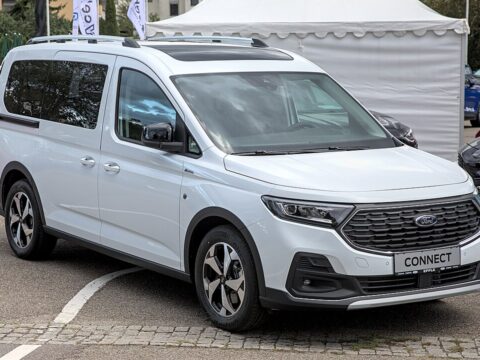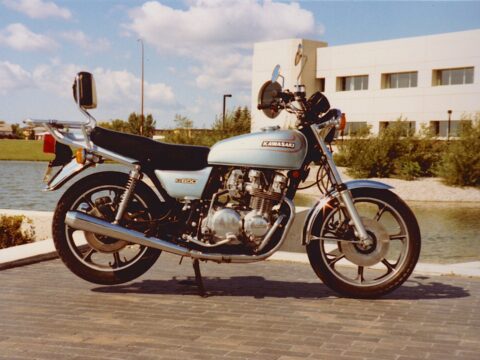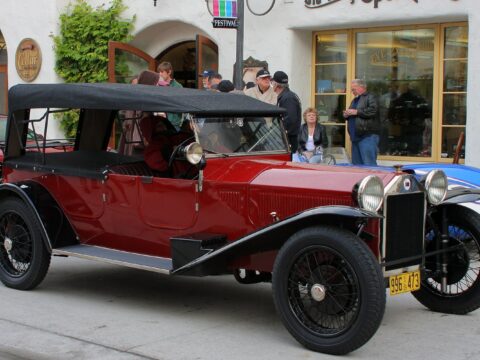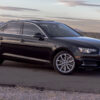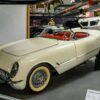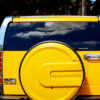Movies have always given us a glimpse of the future, especially when it comes to the cars we dream of driving. Over the years, some of these futuristic vehicles have become real-world icons, influencing everything from car designs to technology. From flying cars to sleek electric rides, these vehicles have left a lasting impact on the automotive world and continue to inspire innovation today.
Contents
DeLorean DMC-12 from Back to the Future
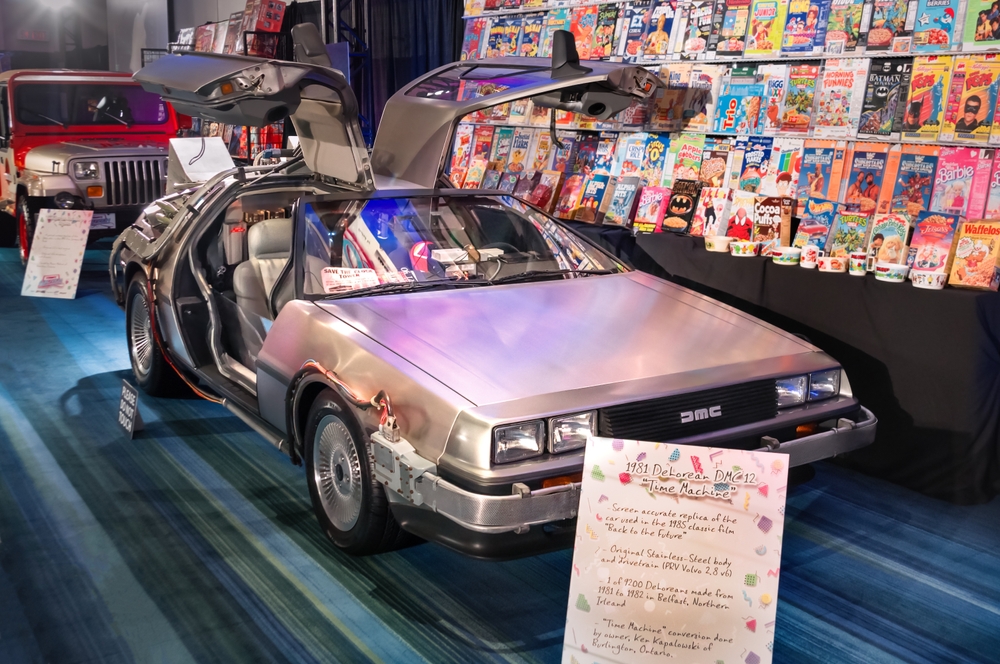
The DeLorean DMC-12 became a cultural icon when it starred as the time machine in Back to the Future. With its gull-wing doors and stainless-steel body, the car represented futuristic design in the 1980s. Initially, the DMC-12 wasn’t commercially successful, but its role in the movie gave it a second life. Today, restored DeLoreans are prized by collectors, and fan clubs keep its legacy alive. It’s a perfect example of a vehicle that transcended its original commercial failure to become a beloved symbol of retro-futurism.
Spinner from Blade Runner
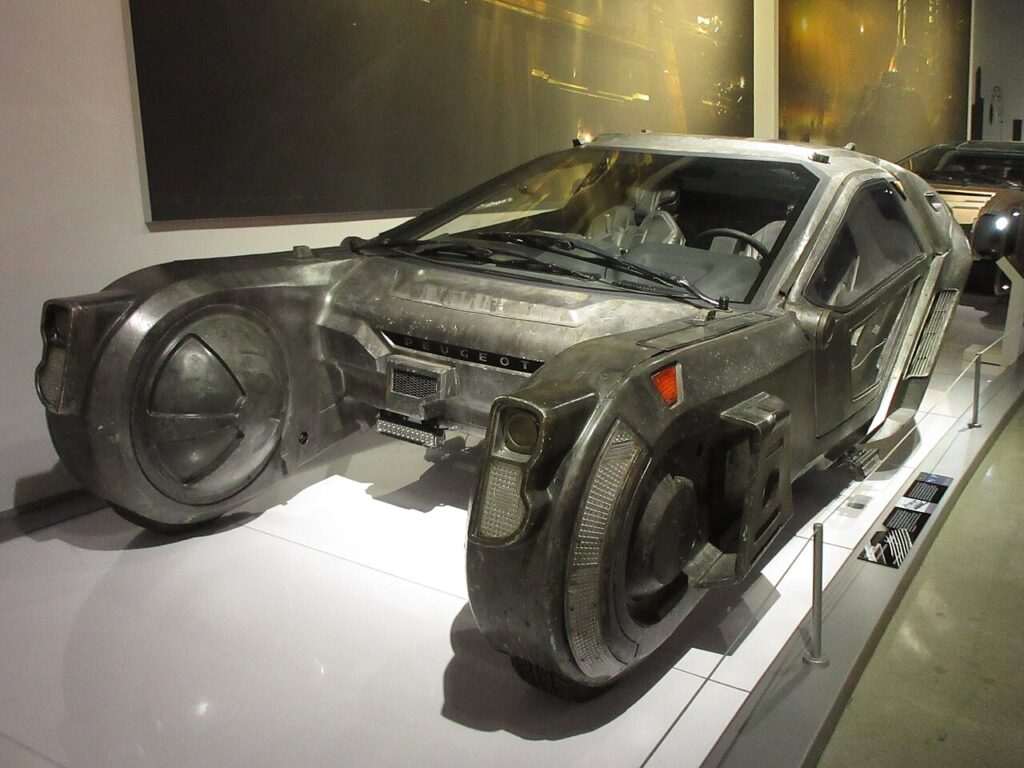
The Spinner, a flying police car in Blade Runner, set the standard for futuristic vehicles in film. It captured audiences’ imaginations with its ability to hover above crowded, neon-lit streets. The car’s design has influenced real-world concepts for both flying and autonomous vehicles. Its impact is still felt today, with many engineers citing it as an inspiration for the future of urban transportation. The Spinner’s blend of sleek design and cutting-edge technology continues to inspire visionaries in the automotive industry.
Light Cycle from Tron
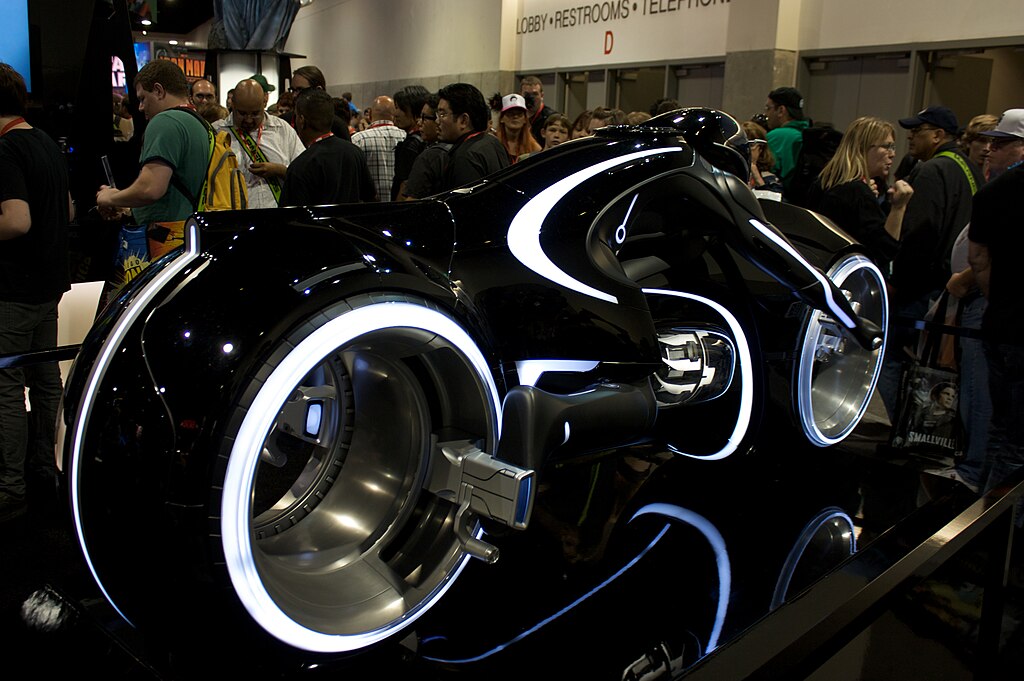
Few vehicles have had as much visual impact as the Light Cycle from Tron. With its glowing, neon lines and high-speed movements, it introduced a new way to think about digital and physical realities merging. The Light Cycle has inspired video games and real-world motorcycle designs, with custom builders creating versions that mimic its look. Its futuristic appeal has transcended its role in the movie to become a symbol of innovation. Even decades later, it remains a beloved design in both pop culture and engineering.
Batmobile from The Dark Knight Trilogy
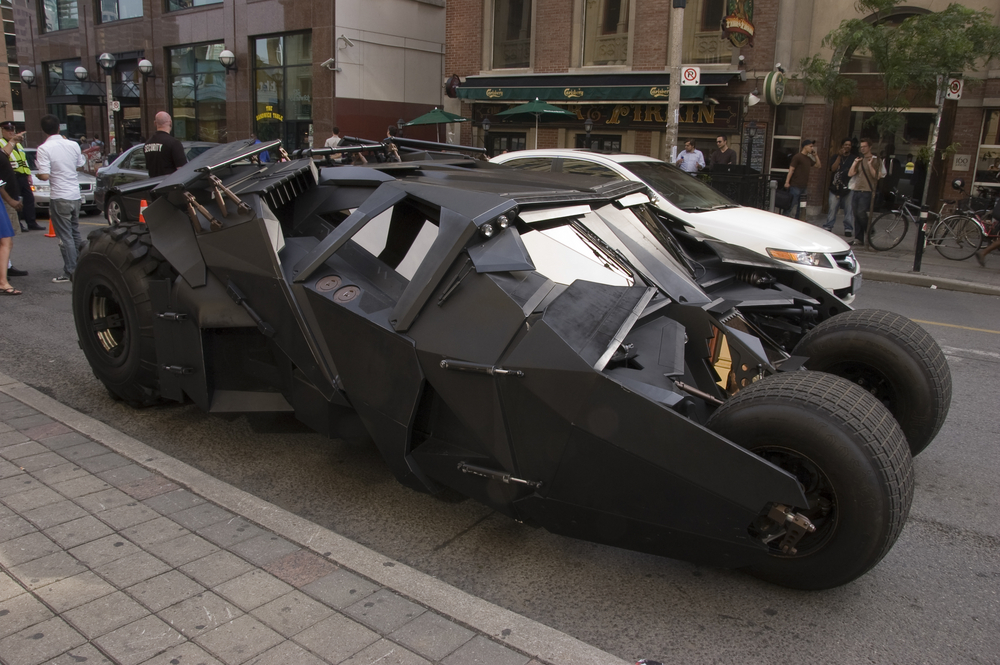
The Batmobile, or “Tumbler,” in The Dark Knight Trilogy redefined what superhero vehicles could be. Its military-grade design and real-world functionality made it more than just a fantasy car—it was believable. This rugged, tank-like vehicle has inspired designs in both the automotive and defense industries. The Tumbler’s unique blend of practicality and futuristic style made it an instant classic. Its influence can be seen in modern armored vehicles and high-performance cars.
Audi RSQ from I, Robot
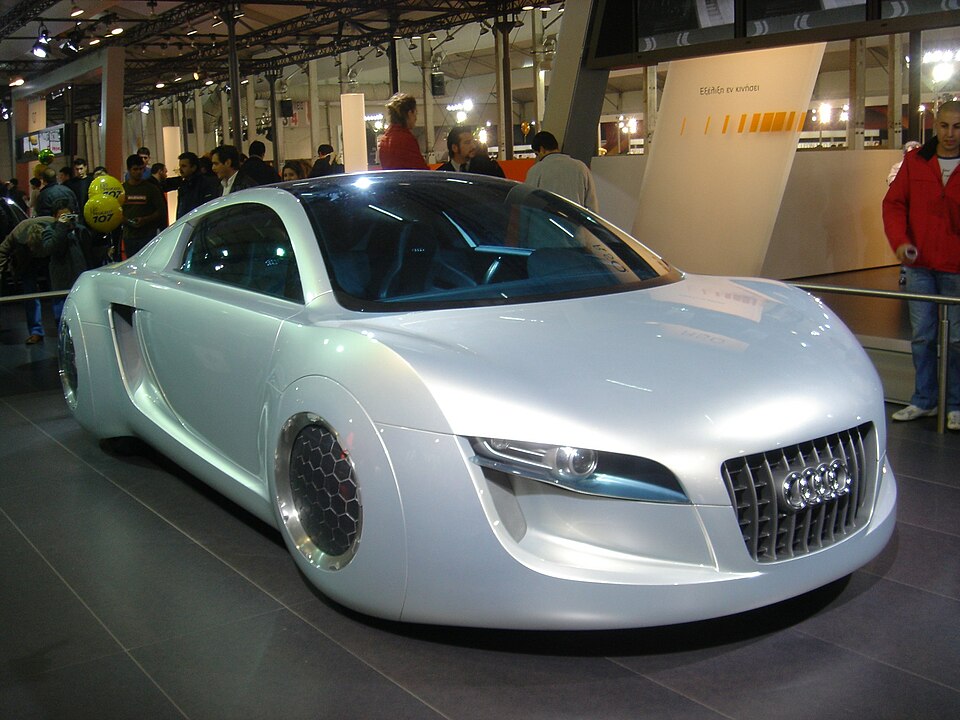
Audi created the RSQ specifically for I, Robot, and its futuristic, spherical-wheeled design captivated viewers. The car was a forward-thinking representation of autonomous vehicles, long before self-driving cars became a reality. Elements of the RSQ design influenced future Audi models, particularly the R8. Its sleek, advanced appearance in the film offered a glimpse into the future of automotive technology. Audi used the movie as a platform to showcase innovation, blurring the lines between fiction and reality.
KITT from Knight Rider
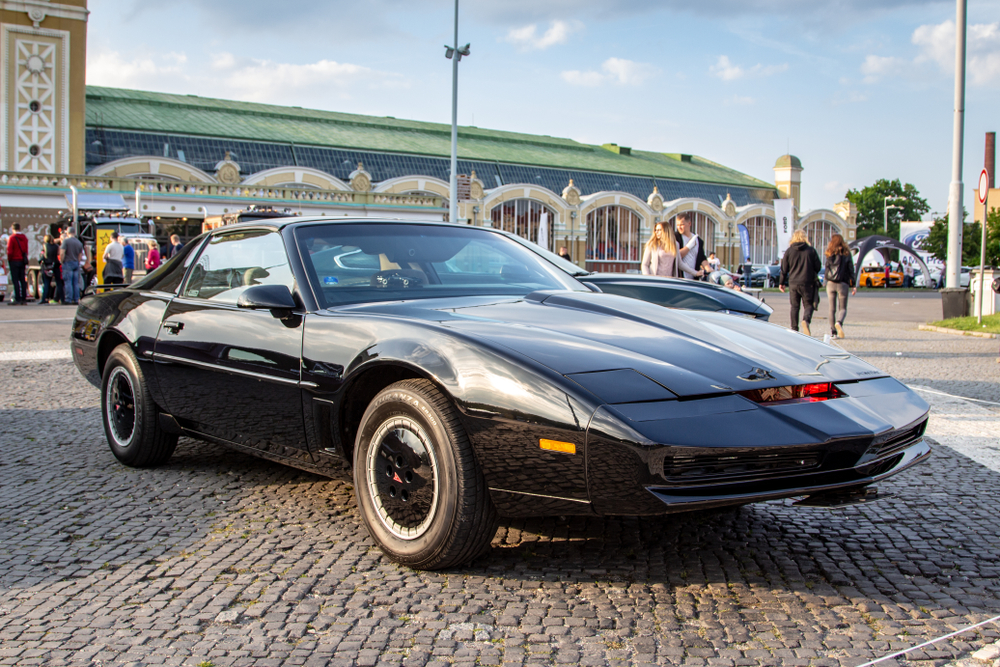
In the 1980s, KITT, the talking, self-driving Pontiac Trans Am from Knight Rider, seemed like pure fantasy. Today, however, many of its features—like voice-activated controls and autonomous driving—are part of modern vehicles. KITT became a cultural icon, influencing the development of AI and smart car technology. Its self-driving capabilities were ahead of their time, inspiring real-world innovations in the automotive industry. KITT remains a beloved symbol of what was once thought impossible but is now within reach.
Lexus 2054 from Minority Report
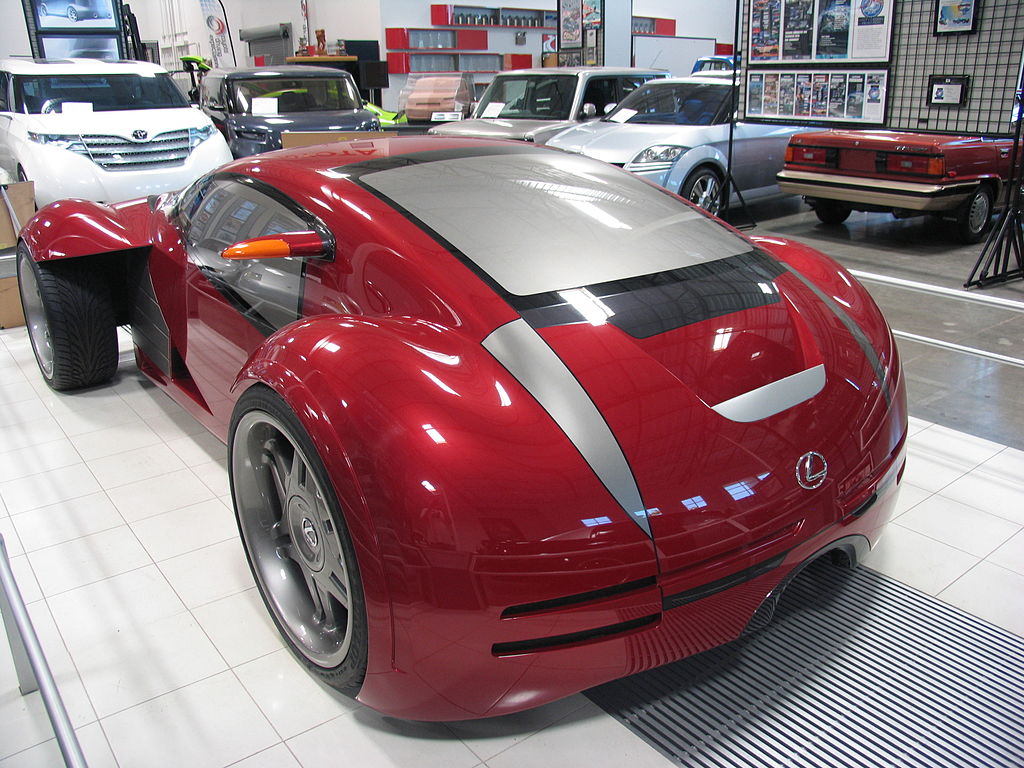
The Lexus 2054, featured in Minority Report, was designed as a futuristic, autonomous vehicle, offering a vision of driverless transportation. Lexus worked closely with the film’s creators to design a car that was both sleek and technologically advanced. The car inspired the design of Lexus’ later models and contributed to the conversation around autonomous vehicles. Its predictive vision of the future has influenced automotive trends, particularly in electric and self-driving technology. The 2054 remains one of the most memorable cinematic cars of the 2000s.
Chevrolet Camaro from Transformers
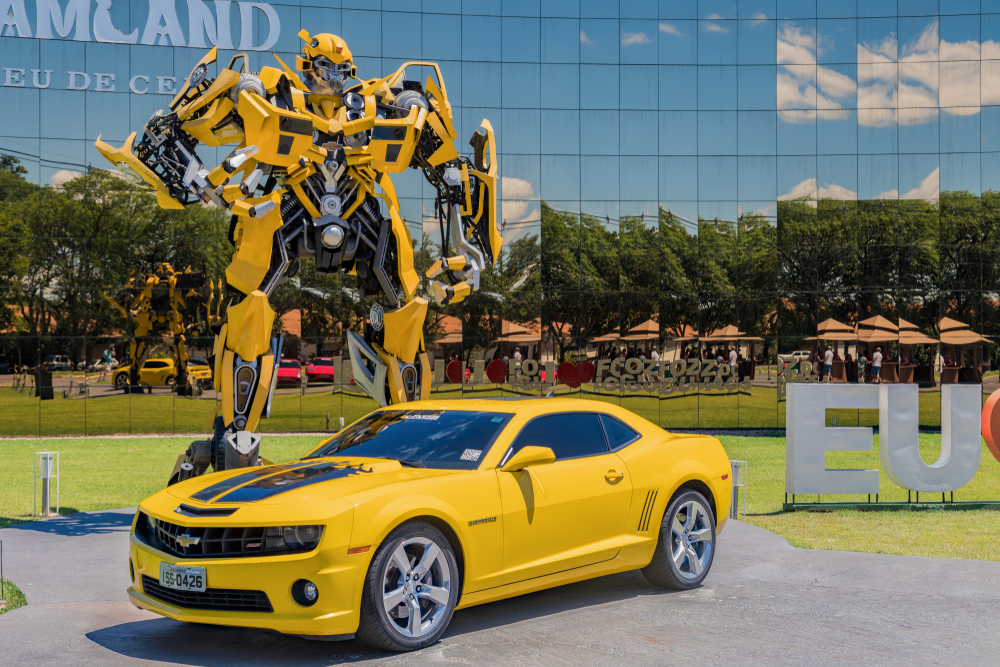
The Transformers franchise brought the Chevrolet Camaro back into the spotlight, with Bumblebee transforming into the beloved muscle car. The Camaro’s appearance in the film sparked renewed interest in the model, leading to a resurgence in its popularity. Chevrolet capitalized on this by launching a redesigned Camaro that echoed Bumblebee’s sleek look. The franchise played a significant role in marketing the Camaro to a new generation. Today, the car is both a movie icon and a real-world success story.
Aston Martin DB5 from Goldfinger
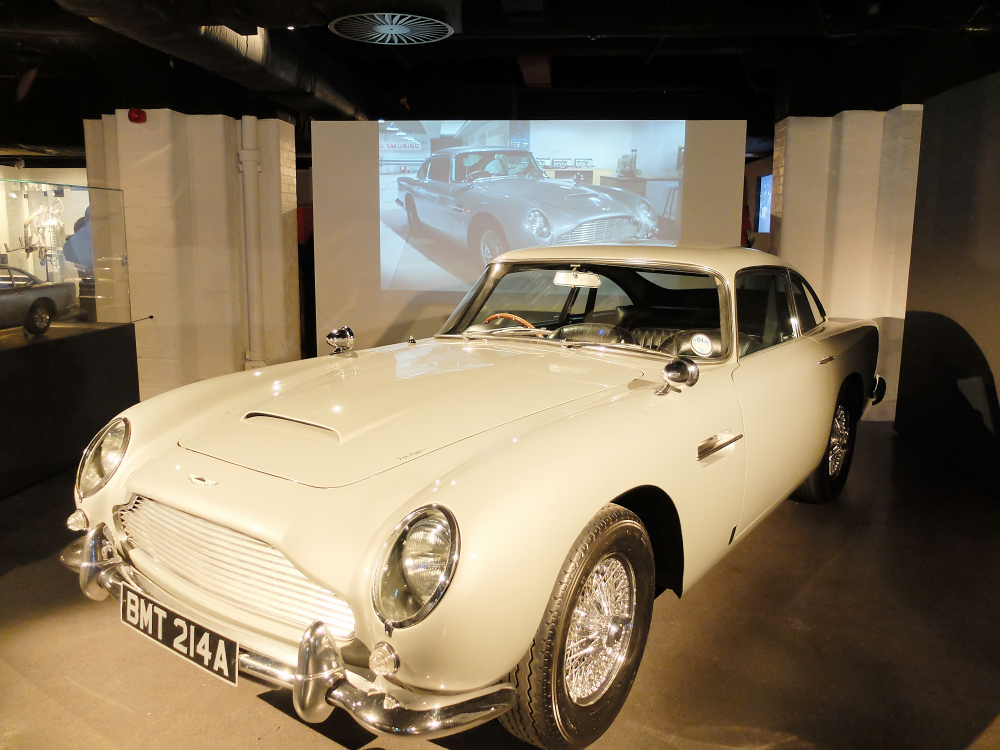
The Aston Martin DB5, driven by James Bond in Goldfinger, is perhaps the most famous movie car of all time. Its gadgets, including machine guns and an ejector seat, added to the car’s mystique, while its sleek design made it a symbol of luxury. The DB5 became a staple in the Bond franchise, reappearing in numerous films. Today, it’s considered one of the most desirable classic cars, fetching millions at auctions. Its blend of sophistication and excitement made it a real-world icon.
Jeep Wrangler from Jurassic Park
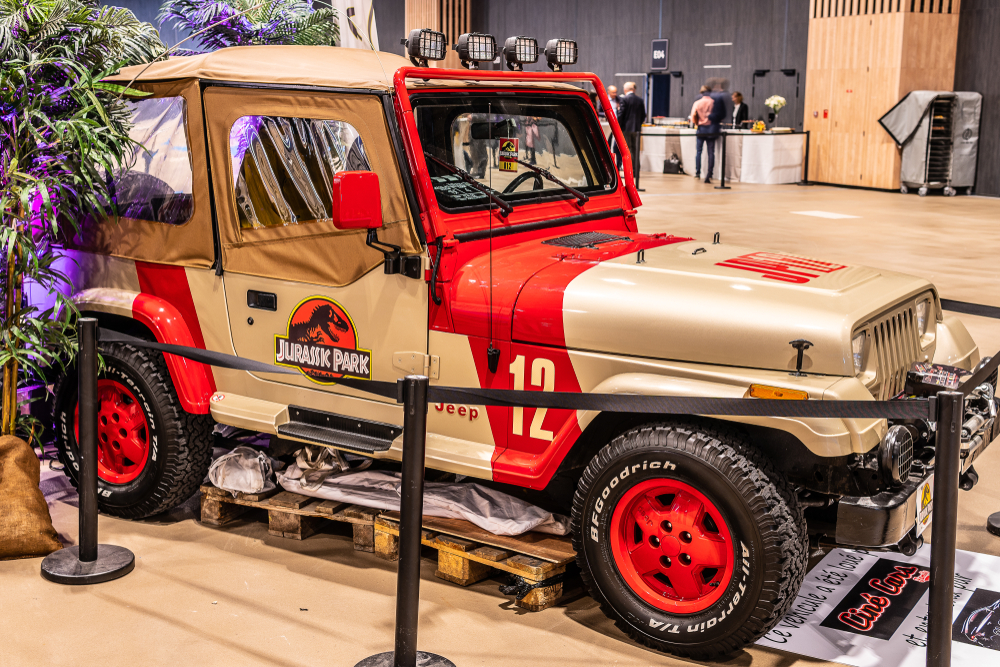
The Jeep Wrangler in Jurassic Park became synonymous with adventure, its rugged build perfectly suited for the film’s dinosaur-laden terrain. The movie showcased the Jeep’s off-road capabilities, cementing its reputation as an explorer’s vehicle. Fans continue to recreate the iconic Jurassic Park look, further embedding it in popular culture. The Wrangler’s role in the film influenced its marketing for years to come. It remains a favorite for outdoor enthusiasts and movie buffs alike.
Ducati 996 from The Matrix Reloaded
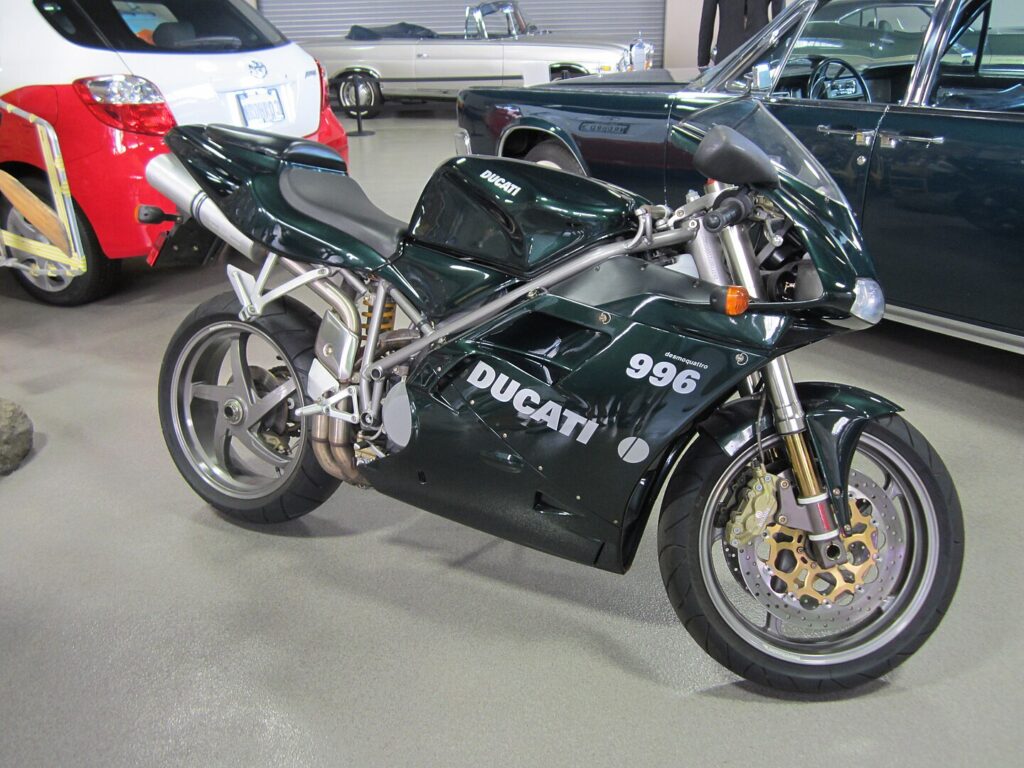
The Ducati 996 became an instant symbol of high-speed precision during its iconic chase scene in The Matrix Reloaded. Its sleek red frame and thrilling performance highlighted the best of motorcycle design. The film boosted Ducati’s global brand recognition, with sales rising after its appearance. Today, the Ducati 996 is remembered not only for its cutting-edge engineering but also for its role in one of the most famous action scenes in film history. The bike continues to be revered by motorcycle enthusiasts worldwide.
Lotus Esprit S1 from The Spy Who Loved Me
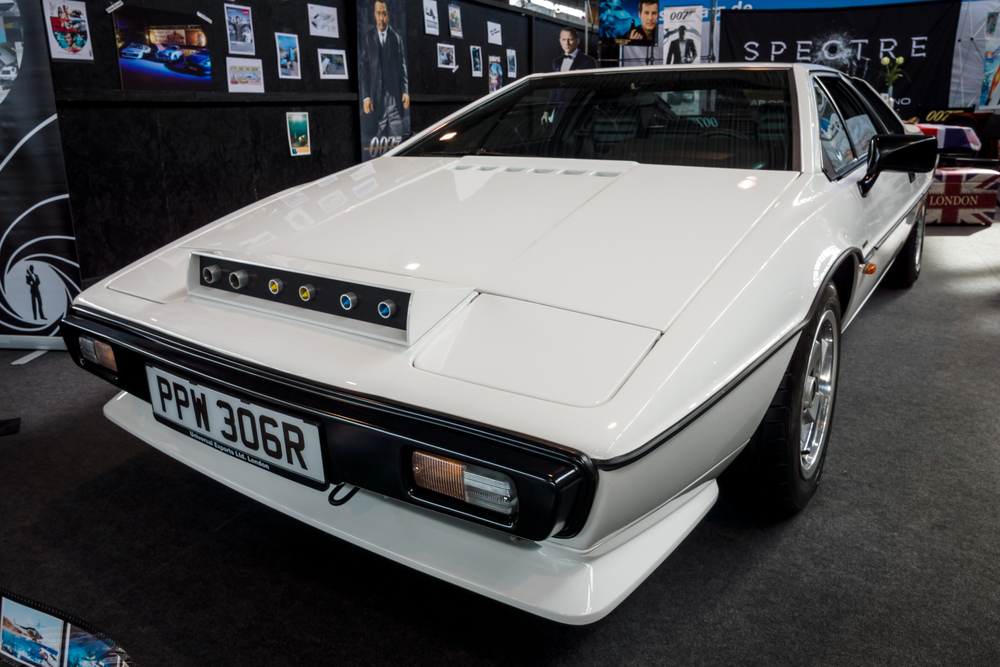
The Lotus Esprit S1 captured imaginations when it transformed into a submarine in The Spy Who Loved Me. Although the underwater capabilities were a fantasy, the car’s sleek, wedge-shaped design became an instant classic. Its role in the Bond franchise helped solidify Lotus as a brand known for innovation and style. The Esprit S1 remains a highly coveted vehicle among collectors. Its cinematic appearance has ensured its place in automotive history.
Mach 5 from Speed Racer
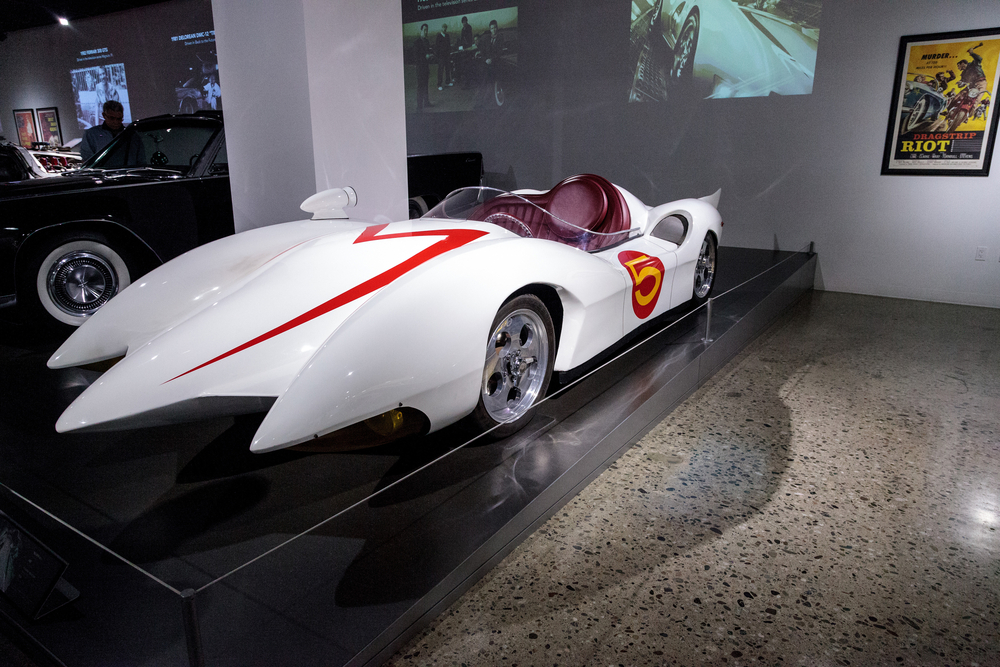
The Mach 5 from Speed Racer is one of the most famous animated vehicles ever created. Its advanced gadgets and high-speed racing capabilities captivated audiences, blending futuristic technology with sleek design. Fans have recreated real-world versions of the Mach 5, bringing this animated icon to life. The car’s influence on racing culture is still evident today, especially in its imaginative approach to vehicle design. The Mach 5 remains a beloved symbol of speed and innovation.
Hoverboard from Back to the Future Part II
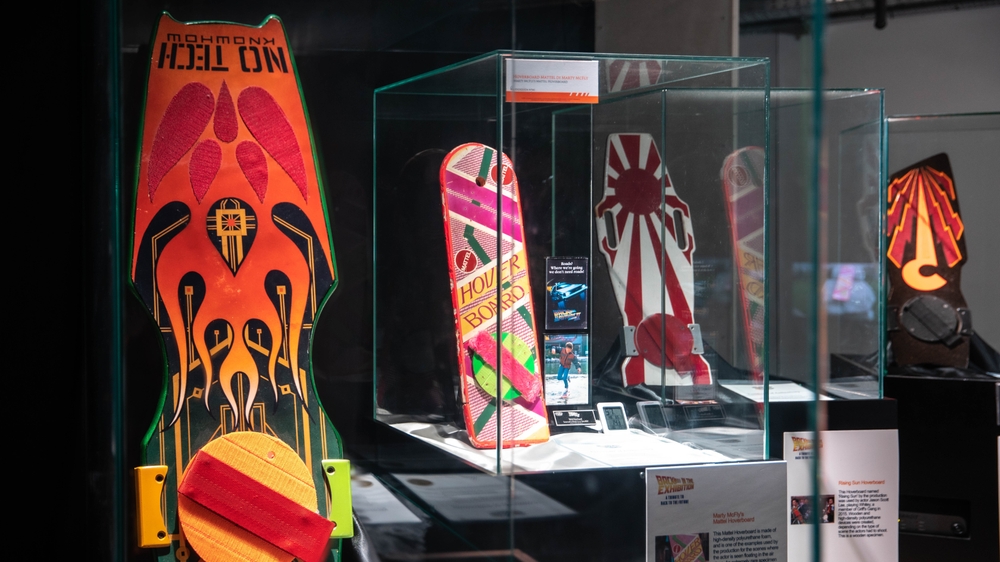
The hoverboard from Back to the Future Part II captured the imaginations of an entire generation. Although real hoverboards as seen in the film don’t exist, personal electric devices like self-balancing scooters have come close. These real-world gadgets are a testament to the film’s futuristic vision. The hoverboard remains one of the most iconic sci-fi inventions, continuing to inspire engineers and fans alike. Its influence on the future of personal transport is undeniable.
Chrysler Turbine Car from The Lively Set
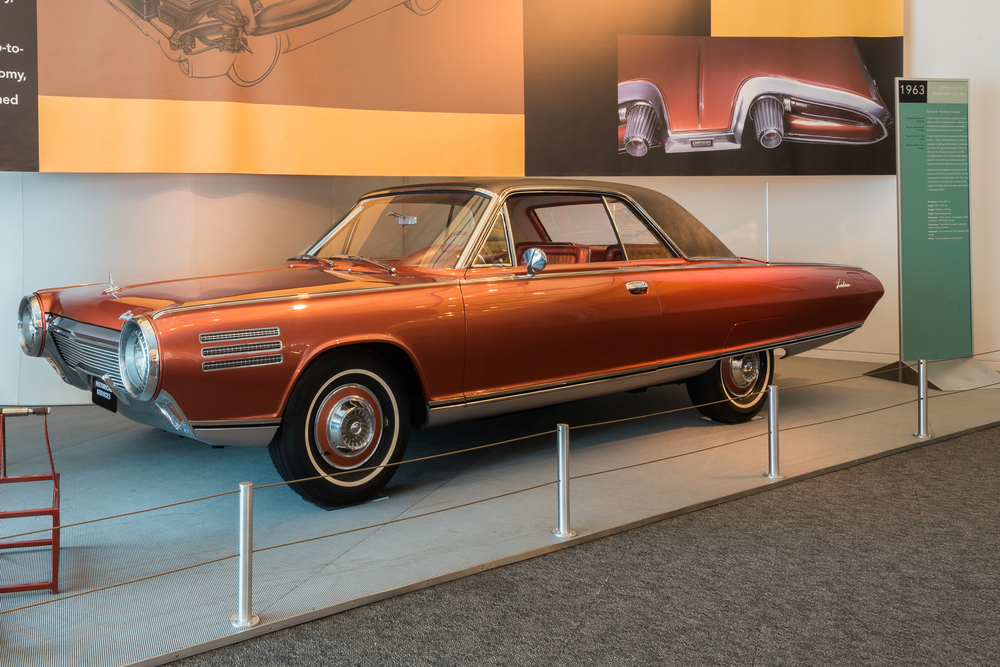
The Chrysler Turbine Car, featured in The Lively Set, was a real-world prototype that used jet engine technology. The film helped popularize this futuristic vehicle, although the turbine concept never caught on for mass production. The car’s unique design and roaring engine sound left a lasting impression. Today, the few surviving models are highly sought after by collectors. Despite its commercial failure, the Chrysler Turbine Car remains an iconic example of how futuristic technology can push the boundaries of automotive engineering.
This article originally appeared in MyCarMakesNoise.
More from MyCarMakesNoise
20 Legendary Cars That Ruled the Road with V8 Power
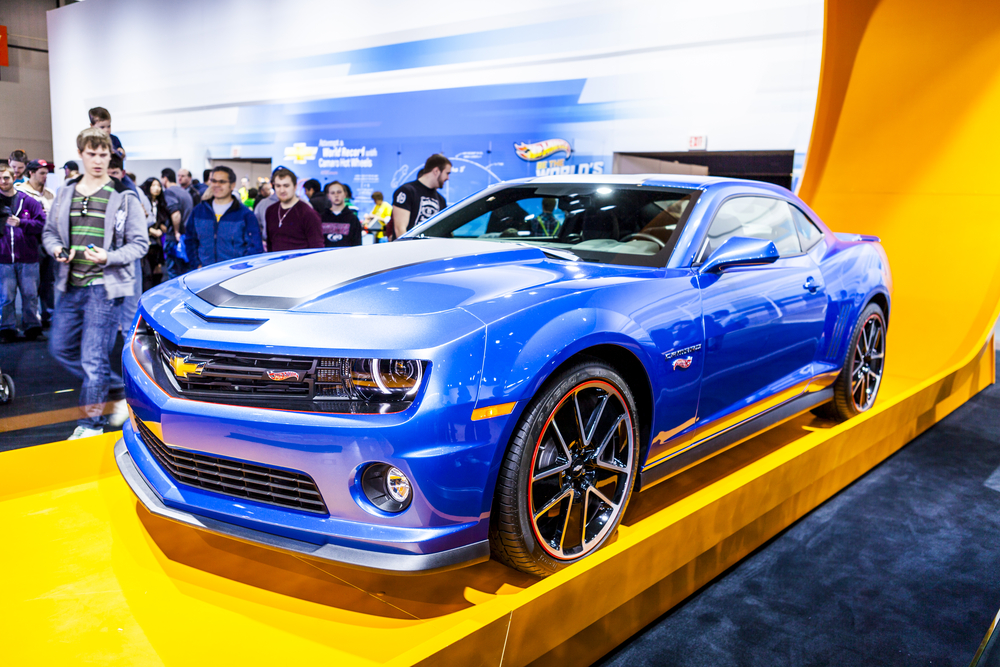
V8 engines have long been synonymous with power and performance. In this list, we dive into 20 powerful cars that dominated the roads with their mighty V8 engines. Read More.
20 Limited-Edition Cars Worth Every Penny
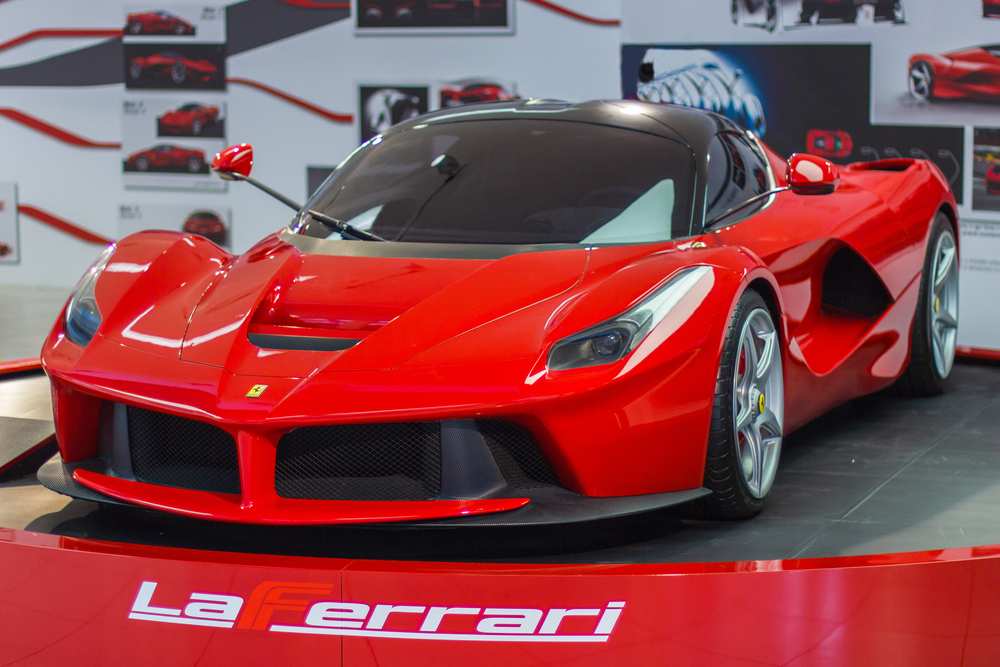
For car enthusiasts and collectors, limited-edition cars are the ultimate dream. These exclusive models offer a unique blend of performance, luxury, and rarity that makes them worth every penny. Read More.
8 Classic Boats That Sailed into Obscurity

Over the years, many classic boats that once ruled the waters have quietly disappeared from the spotlight. These vessels, known for their craftsmanship, speed, or unique designs, have become rare finds, often overshadowed by modern innovations. Read More.

